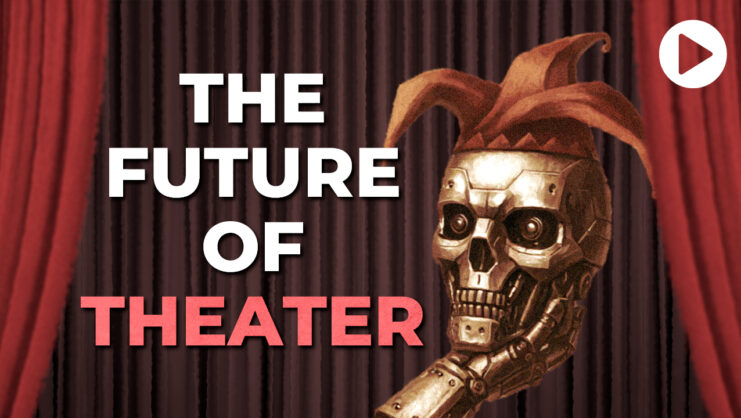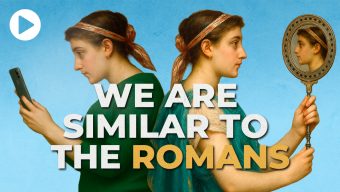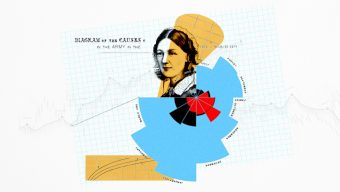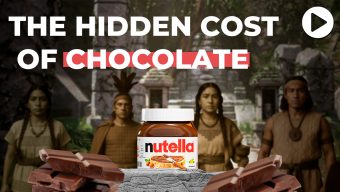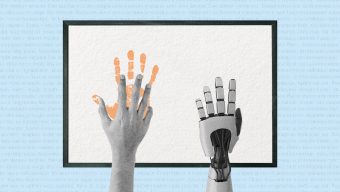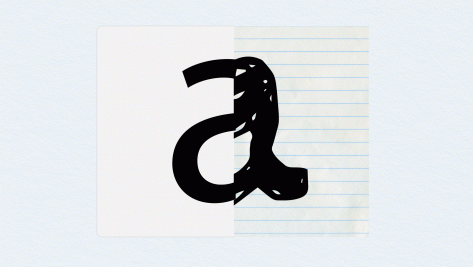Is the Future of Museums Digital?
The digital transformation has seen museums showcasing their collections online, but can 2D screens replace 3D spaces? Brendan Cormier, Senior Design Curator at London’s Victoria & Albert Museum, discusses the synergies and conflicts between digital and physical spaces and analyzes their impact on storytelling.
© IE Insights.
Transcription
I think a mistake that we make when thinking about digital is that digital and physical are separated, two different things. Back in the 19th century, you didn’t have such a high emphasis on displaying originals. The idea was to kind of communicate to you what an object was. And because architecture and statues, you cannot simply pick them up and move them, or you could, but you’ll face trouble 200 years from now if you did so.
A lot of museums just decided to make copies of them. These plaster cast courts, which were these reproductions of beautiful sculptures and architectural details from around the world. And I like to really think of those as kind of proto-digital collections, in that you’re taking reproductions and putting them in the museum. And what was so fascinating and what exists now at the V&A is this assemblage of random architectural pieces from cities from across the world or from places across the world with statue.
And in that kind of remix, you’re creating this parallel or alternate universe of artwork, which has different effects from what you would see if you were visiting the original. Really briefly, an online collection is basically what we’ve been doing for the last 10-20 years, and what most museums have been doing is digitizing, so taking images of the objects and putting them online.
More recently, we’ve gotten into the possibility of three-dimensional digitization, and there are a lot of people doing great work in that sense. And so we have these two-dimensional works, three-dimensional works that we know we can use in a three-dimensional space. But we haven’t yet figured out kind of what format that takes. I think somehow we’re going to see a lot more really interesting hybrid formulations between being connected to the world and being able to access all the world’s collections and art all over the place.
But also thinking about how that interacts with physical space. A museum or three-dimensional space is really like a very finely-tuned browsing machine. And I think the most exciting thing right now in the digital world is trying to think how we can represent our collections in that digital space, which is just as finely tuned, so that you have all these options when you move through the space online and it’s not such a simple kind of two-dimensional format of a computer screen.
I like to say that this kind of role that I occupy or the curators that I work with, primarily our job is storytelling. And there are some kind of universal fundamentals to storytelling. And the question is moving from one medium to another, what are their relative strengths and weaknesses, and what can you do in those spaces?
You know, in a magazine that you flip it from one page to another, you know that there’s a kind of effect of flipping through like this or reading one page at a time, you know, that you don’t know what’s on the next page before you get to it. In three-dimensional space you know you have a room in which you can see everything where you can’t really determine the path of the visitor.
And so those different mediums demand different forms of storytelling. So I think it is interesting to think about, you know, there are certain kind of eternal truths about how to tell a good story, but in order to do that in these different mediums, you need to kind of understand what their relative strengths and weaknesses are, what you can do in them and what you can’t.
And so that’s what we’re trying to figure out now in the digital world. And actually it’s a really interesting time. And by that I’m mostly referring, I have to say, to the digital world. There’s a great amount of effort going into building online collections.
And I think that next step will be how do we find a suitable format online that complements the physical but allows for serendipity, allows for discovery, allows for people to kind of draw their own narratives and allows for kind of a unique experience. And that’s still yet to be figured out.



